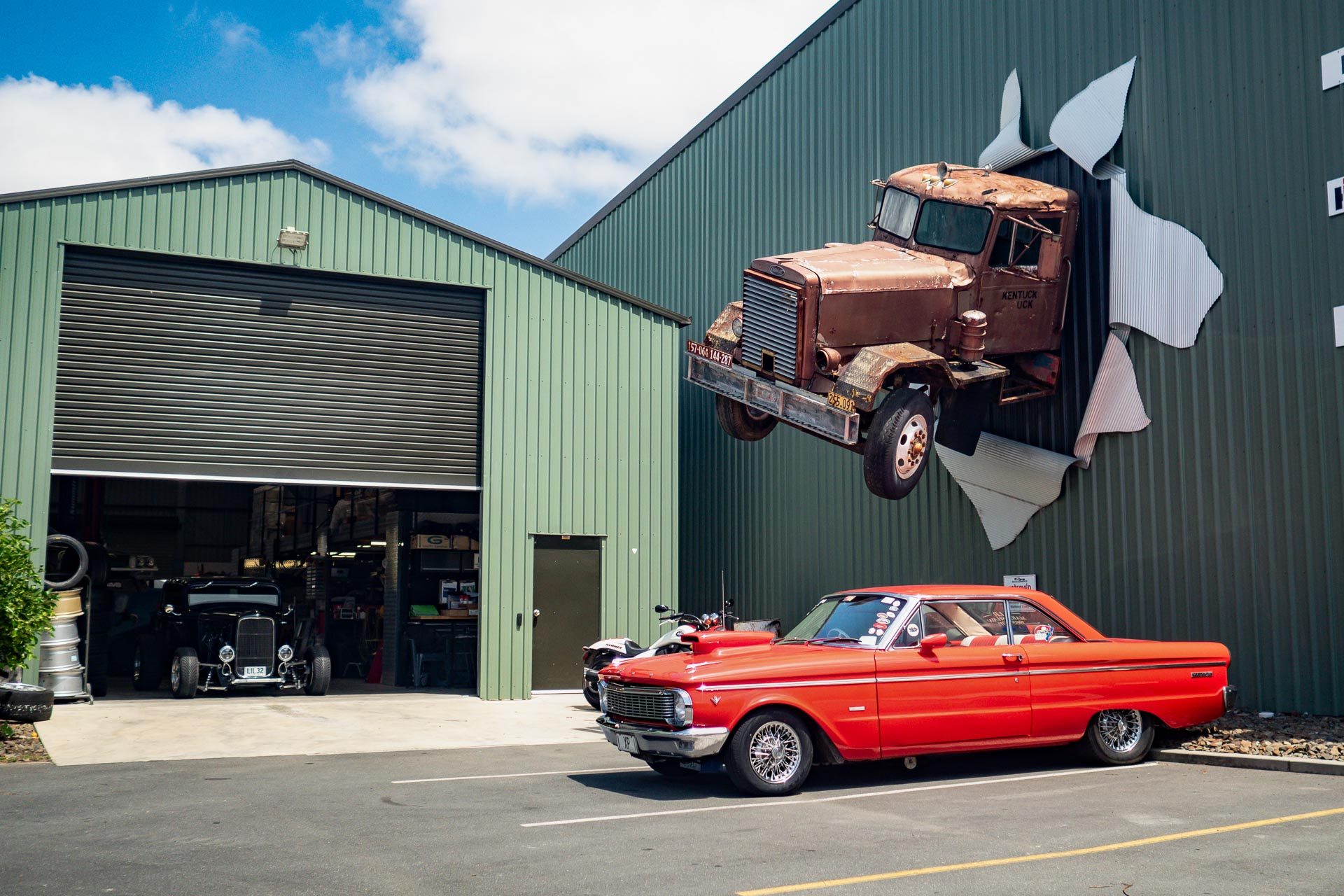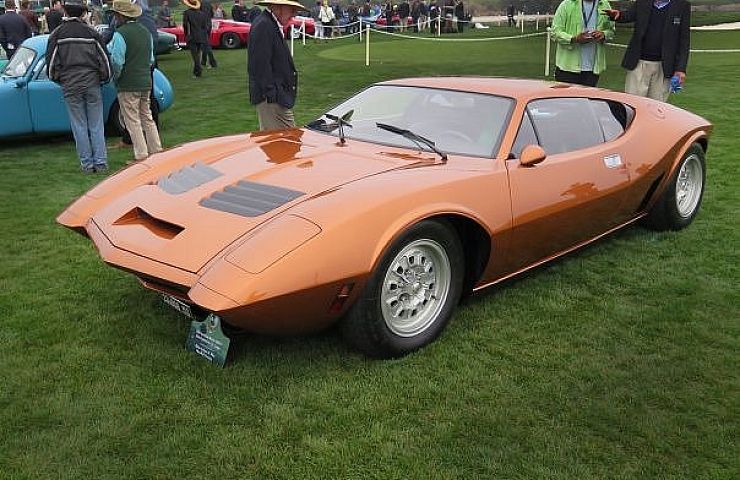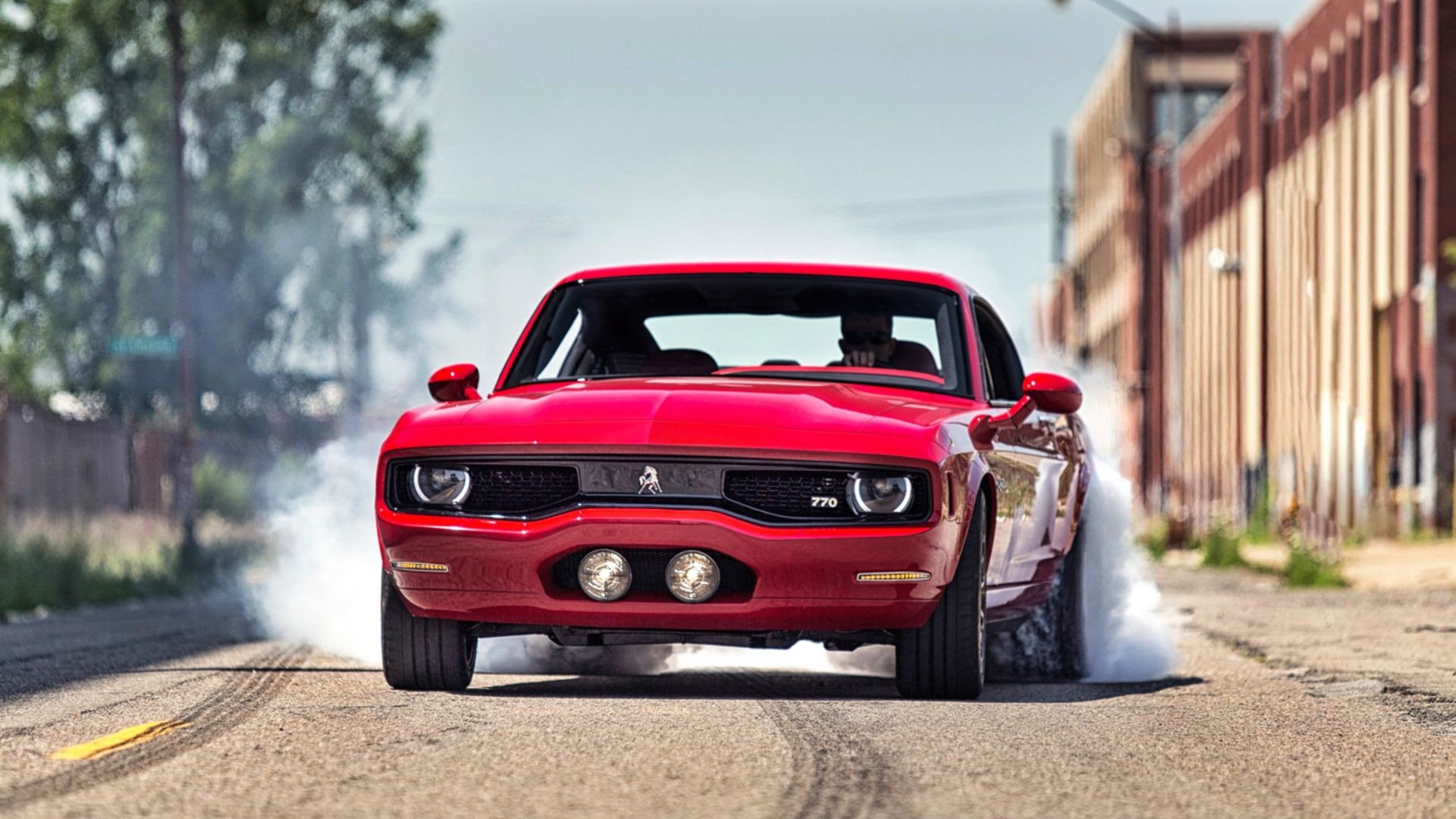I got into 4×4 several years ago, and currently own a 1997 Toyota Hilux. 4×4 is done in cars that are designed to drive on surfaces that are rocky, wet, soft, bumpy or unforgiving. Normal cars are only two wheel drive, whereas a 4wd car is four wheel drive (hence the 4×4 or 4wd), which gives it more traction to drive on difficult terrain. They also have more clearance, more storage and the ability to tow a caravan, boat or Camper Trailer with ease. Four wheel driving is a huge sport throughout the world, and is also popular amongst those touring countries or simply going away for the weekend. Owning a four wheel drive means that you can drive onto a beach, climb up a steep rutted hill and even take your family away to somewhere remote for the weekend!
Types of 4wds
There are a huge range of four wheel drives that are available, starting from the more common brand names; Toyota, Nissan, Jeep, Range Rover, Land Rover, Suzuki, Ford, Holden and even Mercedes. Each brand of cars have a different way of building their cars, which explains why each have different strengths and weaknesses. Today, 4wd’s are becoming much more safety conscious which means that they are often not as good off-road as some of the older four wheel drives in standard condition. Also, with more electronics and other tricky gadgets, they tend to not be as strong and reliable off-road (more things to go wrong). In saying this, you can modify a brand new vehicle today with the right parts to make it extremely capable and reliable.
Where can I drive?
This question can be answered largely by where you live and what restrictions the law imposes. In Australia, you can drive on a huge number of beaches, sand dunes (like Lancelin) and tracks that go through the bush. Of course there are areas where you are not allowed to drive, but you just do some research and work out a way around them! Be aware that some tracks will be considerably harder than others, and if you take a track that’s too hard for your vehicle you can do some very costly damage to the car or even people. A good four wheel drive can drive on sand, mud, rocks, snow and combinations of them. Being able to take tracks that a normal car couldn’t tackle opens up a whole range of new options; fishing on the beach, Camping and touring a country.
How to drive (and how not to)
Like other sports, 4×4 is something that you can only learn by doing or watching. Unlike other sports, if you make mistakes they can be very costly, so it’s important to take things slow and learn at a rate that you are comfortable with. Different terrains require a different style of driving, which you learn over time. The best advice I can give is to only take routes that you are comfortable with. There are a number of four wheel driving courses that you can do if you want, and these will provide a good understanding of what you should be doing. There is a fair bit of skill in driving off-road, which is learned over time. There is also a fair bit to know in vehicle recoveries, where to drive and what to avoid. I will go into more specifics in future posts.
What 4×4 suits you best?
Purchasing a four wheel drive car can be quite a large decision, which is why it’s a smart move to do some serious research first. The 4wd that suits you best is determined by what you want it to do. A resource which I would highly recommend is the 4wd monthly forum. This will give you a great guide from the basics right through to full on professional modifications, ways to drive and more. The general theory behind buying the right four wheel drive is to make a list of what you want it to be able to do, and then find a vehicle which comfortably will do those things time and time again.
I purchased my 1997 Toyota Hilux almost a year ago now, for a number of reasons. I’ve listed the requirements of my car below, and the Hilux has fulfilled every single one of these:
• Must be robust, capable off-road and easy to modify, without breaking the wallet
• Must look good
• Must be reliable and cheap to fix if anything goes wrong
• Must be economical (I have converted it to gas, which means an already cheap to run vehicle is now cheaper than most smaller cars on petrol)
• Must be able to be cleaned easily (vinyl floors and seats are awesome)
• Must be able to throw gear in for work (timber, tools and anything else)
I have to say that I have not been let down at all, but I carefully planned what I wanted in my 4×4 and then made my choice. Maybe you want a car that is average off-road but will tour Australia with ease whilst carrying the families gear? Maybe you need the towing capacity for the big boat or a car that is basically indestructible? Of course it’s unlikely you will find the perfect vehicle, but with thought and the right modifications you can come up with a car that will do almost everything that you want it to. The only tiny issue I have with the Hilux is that it isn’t very powerful (but that’s the compromise for good fuel economy). This makes it difficult to tow a trailer or boat and to drive long distances on the road. In saying this, I am more than happy with the car!
Modifications
When you purchase a four wheel drive brand new from the factory they are usually pretty poor in most severe off road situations. They have cheap road tyres that offer poor traction, very little clearance, little bar work, engines that aren’t as powerful as they could be and overall lacking many 4×4 Accessories that are necessary. You can change the suspension, lift the body, put sidesteps, bull bars and rear bars on, add spot lights and a roof rack, tyre carriers on the back of the car, convert the engine to run on two fuels, put larger tyres and different rims, change the exhaust and heaps more. Because four wheel driving is so popular there are a huge number of modifications that you can do to your car, regardless of the brand. The most important thing to remember is to modify within what’s legal in your area and to do it to suit what you want from your car!
This blog covers a wide variety of topics, but I plan on going through various techniques to drive on different terrains, tips and basic guidelines, ways to modify your car and what works and places that you can take your car for a day or even for a week! I hope you enjoy. Some 4×4 posts I have already covered are Lancelin, Wedge Island, Honeymoon Pool and Dunsborough.






More Stories
Elevate Your Off Road Experience with These Top Tips
Best Small 4×4 Off Road Top Picks for Compact Adventures
Off Road Driving Experience Master the Mud and Trails